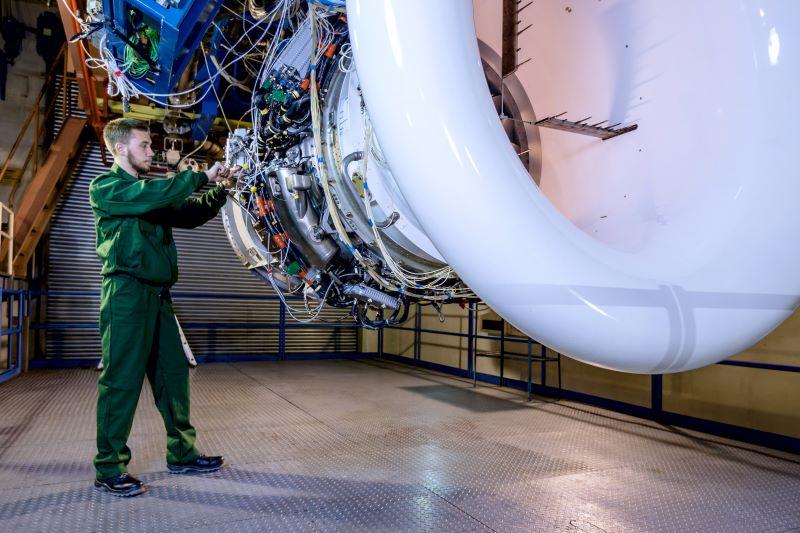Russian-Made Engine For Superjet Completes Ground Tests

Credit: UEC
Russia’s United Engine Corporation (UEC) has completed the bench test of the first prototype of its PD-8 turbofan engine. The PD-8 is designed to power the SSJ-NEW, an all-Russian-component version of the Superjet (SSJ) 100 regional jet. The ground tests took place at the facilities of the engine’s...
Subscription Required
This content requires a subscription to one of the Aviation Week Intelligence Network (AWIN) bundles.
Schedule a demo today to find out how you can access this content and similar content related to your area of the global aviation industry.
Already an AWIN subscriber? Login
Did you know? Aviation Week has won top honors multiple times in the Jesse H. Neal National Business Journalism Awards, the business-to-business media equivalent of the Pulitzer Prizes.
